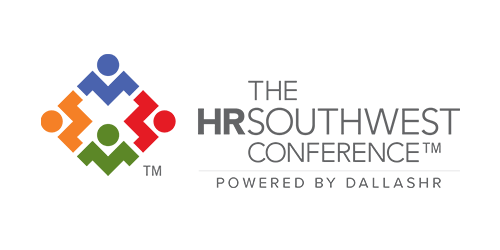
Re-imagining What Leadership Means: The Human Resources Edition
Once, employees were seen as people who were paid to do a job. Today, in an increasingly complex business world, companies are realizing that their people are their competitive advantage. Without ingenuity, experience, ideas, and collaboration, new ideas can’t evolve and become reality.
In response to the mass retirement of the Baby Boomers and the intense disruption of the digital age, our definition of leadership is changing. According to McKinsey, it’s more important than ever for true leaders to create a vision of change and frame it positively. Where once leaders told workers what to do, now in winning cultures they solicit input. And these sea changes have, in turn, spurred changes in human resources.

Some of the ways change is showing up in 21st-century HR include:
Talent management has won out over hiring.
Today, the most forward-thinking companies focus on a holistic recruitment and retention strategy, cultivating interest in a company before a position is ever open. Talent management strategy encompasses the candidate and employee experience, in an effort to improve retention and boost employee engagement.
Culture is key.
A winning company culture can go a long way toward creating lasting employee and customer loyalty, improving productivity, and bettering the bottom line. Building and sustaining a winning culture in which ideas are welcomed and every employee is taught, encouraged, rewarded, and given an opportunity to perform is more important than ever.
Leadership is considered a team sport.
Today, leadership must be embraced as something that comes from within, regardless of title, seniority, division, or function.
The best feedback isn’t reserved for formal reviews.
Companies have been doing away with the formal annual review for years and moving toward instant feedback and recognition models aligned with employees’ individual goals. That’s a good thing, too, as newer ways of assessing performance foster growth, engagement, and satisfaction.
The concept of PeopleOps is on the rise.
Once, operations kept tabs on results, and HR took care of the people side. More and more, though, as competitive advantage arises from talent, the two functions are being combined. Joining the trend, Forbes recently wrote about the rise of a concept unifying Ops and HR into a single, powerful function, called PeopleOps.
More and more, companies are thinking of leadership as a practice, not as a set of specific skills or attached to a specific level or title. An uncertain future demands all of our resources, so it’s best to meet it with all of our potential.
Since 1939, DallasHR has served Dallas-area HR professionals, helping them advance their careers and build their networks through education, events, and support. With more than 2,200 engaged members, DallasHR is the nation’s third-largest affiliate chapter of the Society for Human Resource Management (SHRM). DallasHR powers The HRSouthwest Conference, the official State of Text SHRM Conference and—with 2,300 annual attendees, speakers, and exhibitors— one of the largest regional human resources events in the US.






